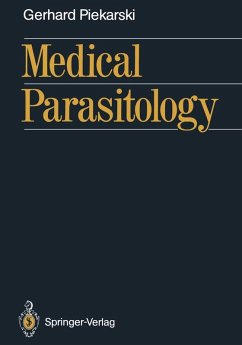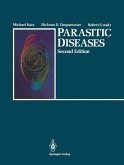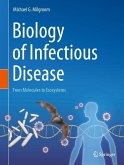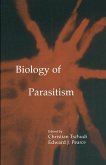Medical Parasitology is primarily intended to be an illustrated textbook which provides a review ofthe most important species ofparasite which occur in man; their areas ofdistribution, morphology and development, the typical disease symptoms resulting from infection, epidemiology and also methods of detection and indications for therapy. The main emphasis is on the protozoan and helmin thic diseases; medical entomology has only been covered in connection with the epidemiology of the diseases described here. Parasites sometimes occur exclusively in man (anthropoparasites) and sometimes also in animals (anthropozoonotic parasites). The monoxenous species complete theirdevelopmentinmanorinoneanimalalone (Scheme I). Heteroxenousspecies, which include most of the medically important parasites, develop partly in man and partly in animals in the course of their life cycle. They may even be forced to infect different species so that they can continue their development. This may sometimes be associated with a digenesis, the larval development taking place in one intermediate (Scheme II ®) or in two different intermediate hosts (Scheme III ®, ©), andthesexuallymaturestagedevelopinginanotherhost, the so-called definitive host (Scheme III ®). The importance of the intermediate hosts can vary considerably (see below).
Dieser Download kann aus rechtlichen Gründen nur mit Rechnungsadresse in A, B, BG, CY, CZ, D, DK, EW, E, FIN, F, GR, HR, H, IRL, I, LT, L, LR, M, NL, PL, P, R, S, SLO, SK ausgeliefert werden.









